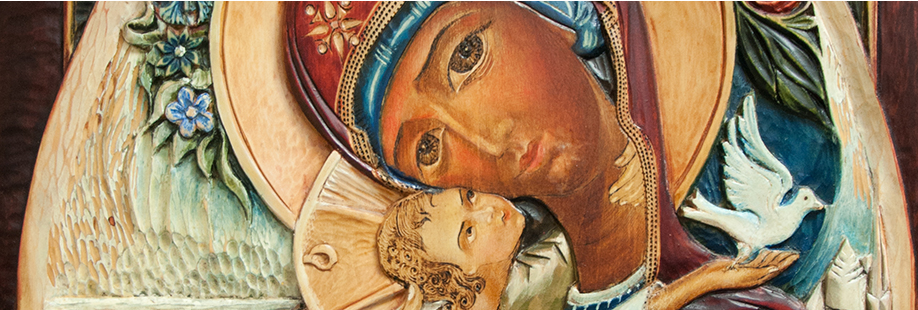
World Nativity Traditions
Preview

Creation Date
1999
Medium
clay
Exhibition Label
There are three sets in this setting. To the left is Mary Lucero’s sophisticated Pueblo nativity. The artist painted her little figures with an uncustomary abundance of details; even the turquoise necklaces are not forgotten. Structure and choice of color give this set a delicate beauty contrasting with Edwina Tortalita’s more statuesque and stately figures (right). The central set is also from Jemez Pueblo. It features a Kiva, the house of prayer in the traditional Indian religion. Kivas are surrounded with mystery and great respect. A ladder leads into the Kiva. A second ladder stands out from the circular building and reaches into the sky. The vertical poles are of uneven length. They symbolize the two principal directions of human life: earth (the shorter pole) and sky (the longer pole) or material and spiritual values. Santana Seonia’s nativity suggests that Christmas has entered the Kiva, and thus points to a possible convergence between old and new religion.
Description
Three different nativity sets sculpted from clay and hand painted by three different artists from New Mexico have been combined into one setting. Figurines depict Mary, Joseph, infant Jesus, as well as several animals and other people. Exhibition label originally written by Fr. Johann G. Roten, S.M. for exhibit entitled "At The Manger: No Place Like Home" held at Roesch Library, University of Dayton. Nativity setting created by Michel Forest.
Rights
This material may be protected by U.S. (Title 17, U.S. Code) and/or international copyright law. The material is available for personal, educational, and scholarly use. It is the responsibility of the researcher to locate and obtain permission from the copyright owner(s) or heirs for any other use, such as reproduction and publication.
Keywords
crèches, nativity scenes, nativities, At the Manger, figurines, Jesus Christ, New Mexico


